Blue topaz and sapphire might seem like twins in the gemstone world at first glance, thanks to their gorgeous blue colors. But just like twins, while they can look similar, they each have their personalities and secrets!
Even though both blue topaz and sapphire are valuable stones, they are made from different mineral families and have other qualities. These two gems are very different, but they both make our lives more beautiful by being signs of style, grace, and timeless charm.
In this article, we’re going on a treasure hunt to uncover the hidden tales of blue topaz and sapphire. We’ll discover what makes them unique, what they have in common, and why they deserve to be remembered.
Get your explorer’s hat ready, and let’s go on a trip through the majestic worlds of these two blue beauties!
Blue Topaz vs. Sapphire – The Major Differences
Let us start by talking about what makes them different from one another. These traits will stand out when you put them next to each other.
Appearance – Sapphire is more opaque
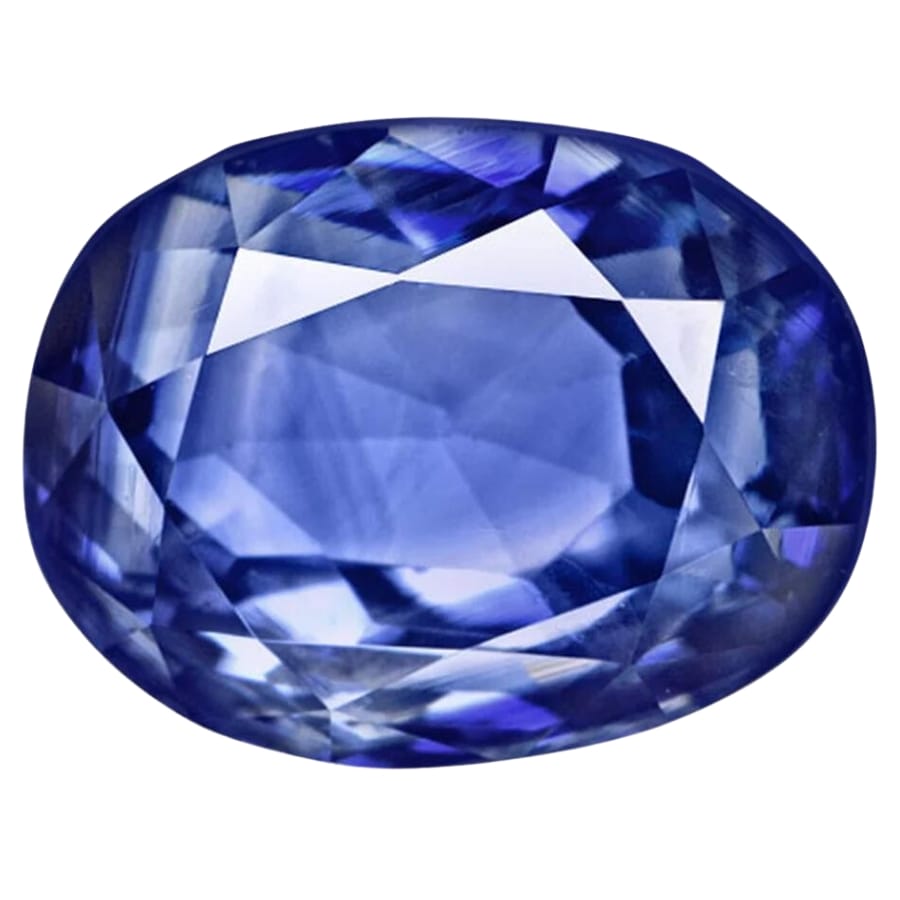
The differences in appearance between blue topaz and sapphire are distinct, starting with the intensity and tone of their respective hues.
These varying shades are often less saturated than the colors seen in sapphires, and the gem tends to have fewer inclusions, giving it a clearer appearance.
Sapphires, on the other hand, are known for their deep, rich colors. This level of color depth is often followed by pleochroism, meaning that the intensity of the colors changes from different angles.
Unlike blue topaz, sapphires can have flaws like “silk,” which are tiny rutile needles. These flaws can make the gem less clear but sometimes more valuable by creating a desired visual effect called asterism (a star-like pattern).
Chemical Composition – Blue Topaz is a silicate mineral
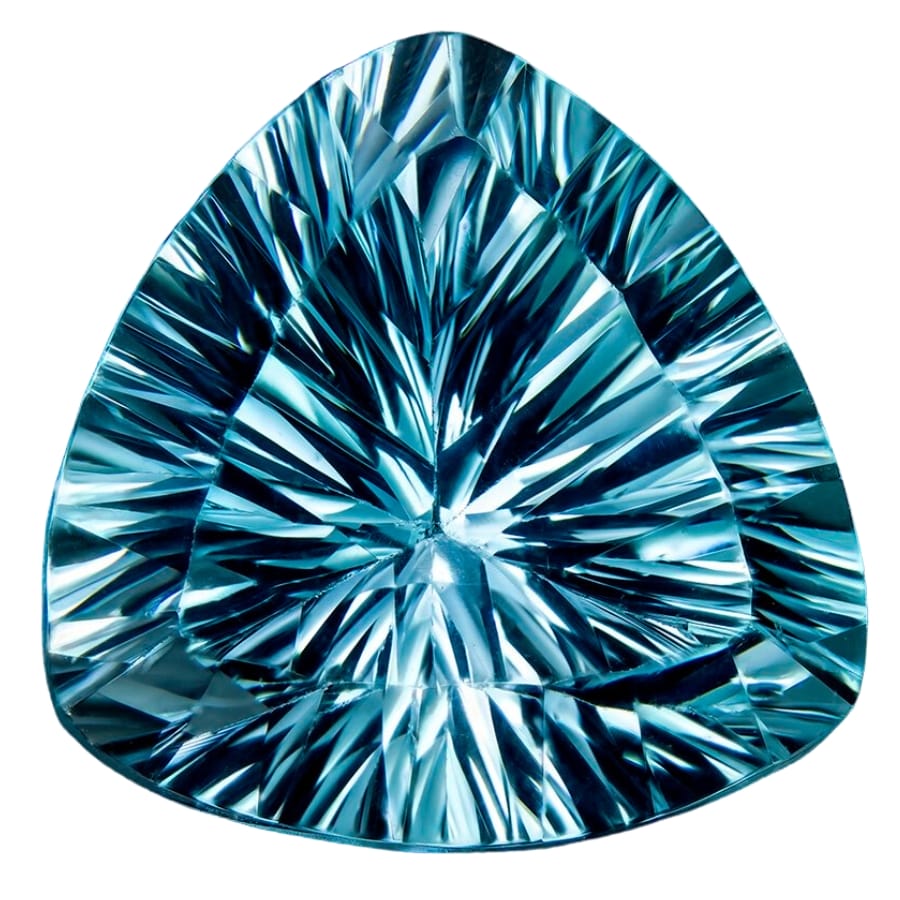
Blue topaz and sapphire have very different chemical composition, which affects their properties and looks in a basic way. The chemical formula for blue topaz is Al2SiO4(F,OH)2.
It’s a silicate crystal made up of aluminum, silicon, fluorine, and hydroxide. While topaz is colorless when it is pure, the blue color seen in this type of topaz can be caused by impurities or treatment methods like irradiation and heat.
The type of treatment and how long it lasts are often more important than the elements themselves when it comes to color depth.
On the other hand, Sapphire is a type of the mineral corundum made up of aluminum oxide (Al2O3). Sapphire’s blue color comes from very small amounts of titanium and iron that are not part of the aluminum oxide structure.
Unlike blue topaz, sapphires’ color comes from their chemical composition and isn’t generally changed after they’ve been mined. Different trace elements can also make sapphires different colors, like pink, yellow, or green. But the deep blue color usually associated with sapphires is only caused by iron and titanium flaws.
Cleavage – Sapphire has no cleavage
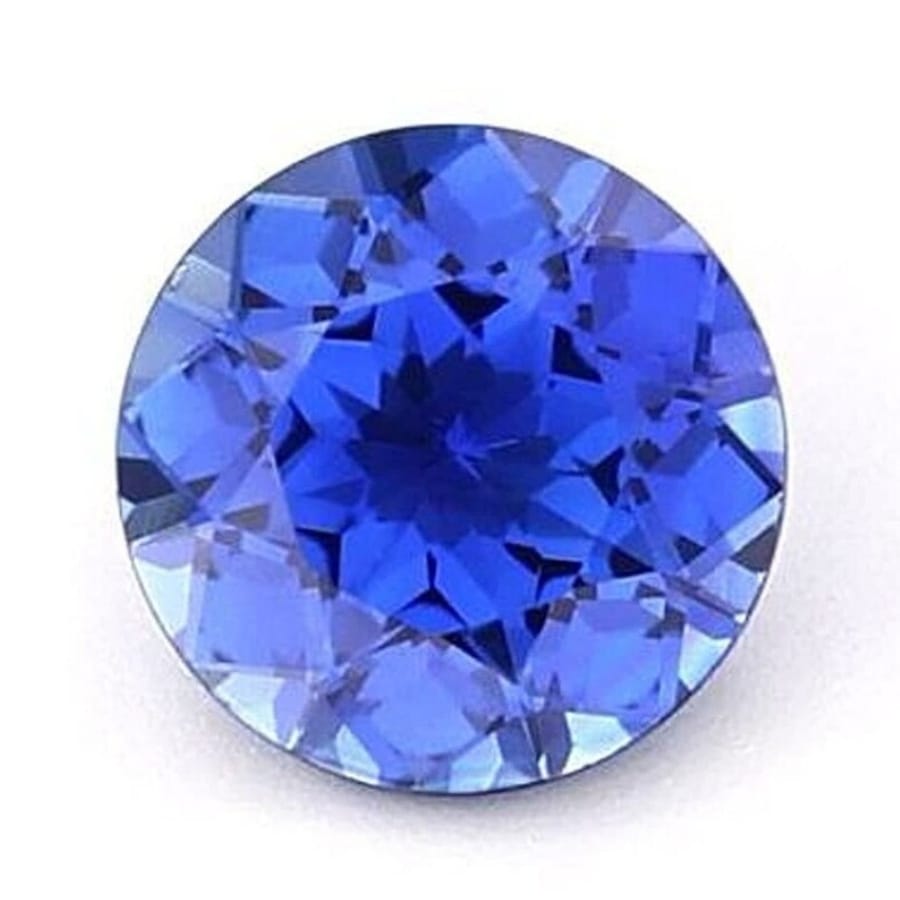
When a crystal can split along different weak spots in its atomic structure, this is called cleavage.
This feature is very different between blue topaz and sapphire because they have different chemical makes-ups and crystalline structures, affecting how long they last and how they behave when cut into jewels.
Perfect basal cleavage is a feature of blue topaz. Therefore, it has a clear weak spot along which it can split easily. Under mechanical stress, blue topaz is more likely to break along this line, possibly splitting into two pieces.
Cutters, sculptors, and jewelers must keep this perfect split in mind when working with the gem to prevent it from getting damaged. In addition, it suggests that blue topaz is somewhat fragile, meaning that it could break easily if it takes a hard hit.
Because sapphire has a hexagonal crystal structure, its aluminum and oxygen atoms are tightly bound, making it impossible for the crystal to break along certain lines.
Since it has no cleavage lines, sapphire is known for being tough and durable. It can handle rough handling better than blue topaz. Sapphires are usually used in jewelry, but because of this quality, they are also often used in places that need strong materials, like watch crystals and computer substrates.
Density – Blue Topaz has lower density
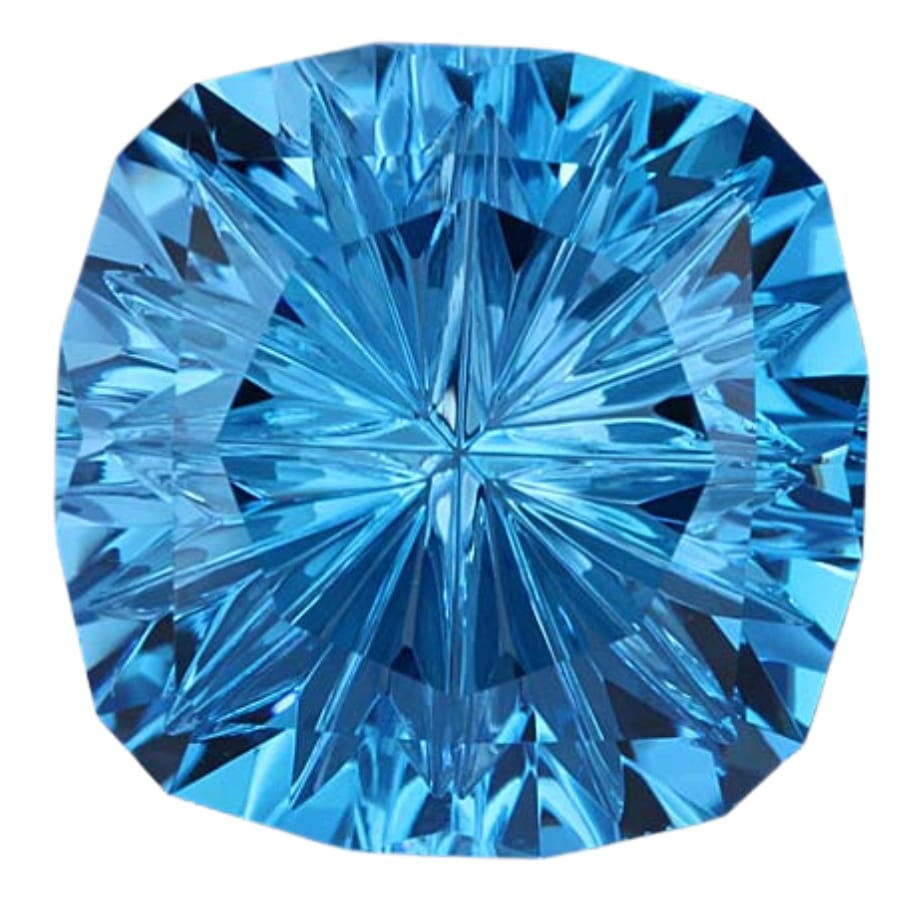
A mineral’s density, or the mass of a substance per unit volume, is an important physical feature that can affect how heavy they are, how long they last, and how they can be used in jewelry.
The density of blue topaz is between 3.49 and 3.57 g/cm³, which is not very high. It has a smaller density because it’s made up of aluminum, silicon, fluorine, and hydroxide and has a crystalline structure.
When held, a blue topaz may feel a little lighter than other gemstones of the same size. This lighter weight can be chosen for larger or more complicated jewelry pieces to make them more comfortable to wear.
Because it comprises closely packed aluminum oxide molecules, sapphire has a higher density, between 3.95 and 4.03 g/cm³. Because of this higher density, a sapphire stone of the same size will feel heavy than a blue topaz.
People often consider sapphire a sign of quality and durability because it’s heavy. This makes it a popular choice for jewelry that gives a sense of solidity and permanence.
The density also affects the cutting process. The weight of the sapphire can change how it’s cut and set so that the natural color and brightness of the stone are brought out to their fullest.
Formation – Sapphire is formed in metamorphic rocks
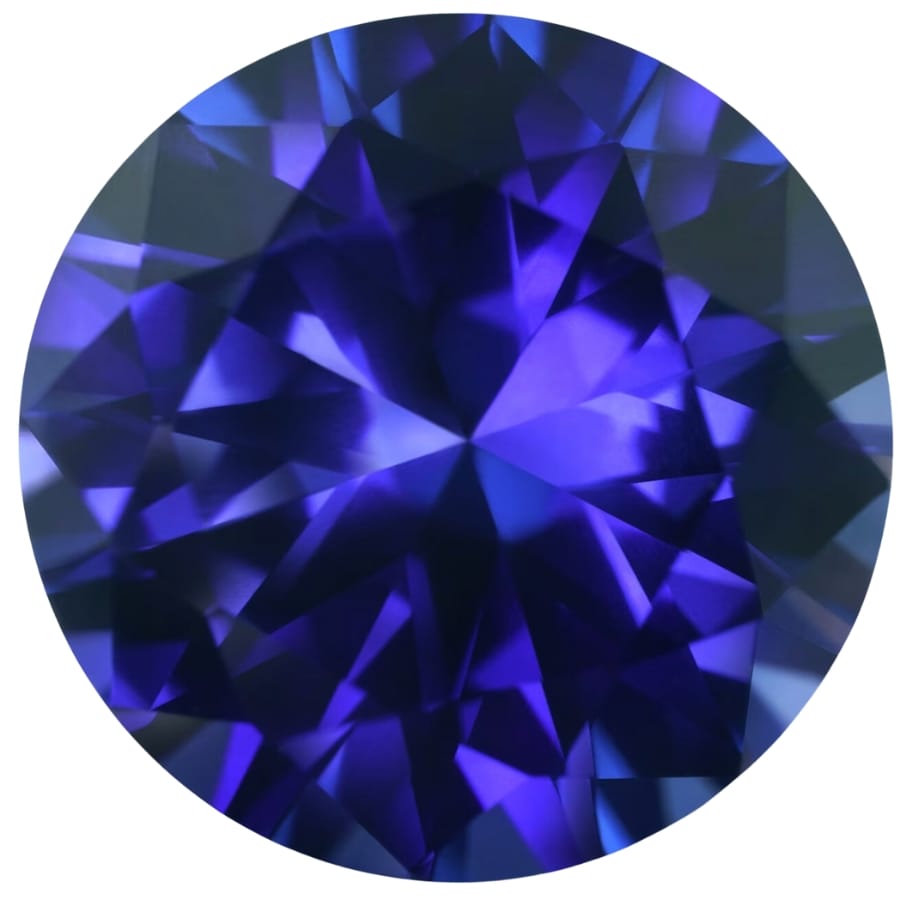
Blue topaz and sapphire are formed through geological processes, but they are included in very different ways because they need other elements and weather conditions to develop.
Often, blue topaz is found with valuable metals in pegmatites and high-temperature quartz veins. These places are usually where volatile gases and elements become concentrated at the end stages of lava cooling.
These areas hold the gases high in fluorine and are necessary for topaz formation. Over time, these gases crystallize into topaz. Besides, this gem’s blue color isn’t usually natural; it’s usually the result of heating and irradiating neutral or lightly colored topaz to get people’s desired blue color.
On the other hand, sapphire comes from several different geographic places. Metamorphic rocks, like marble or gneiss, are among the most common places where sapphires are found.
High temps and pressures change the original rock’s makeup, which lets corundum, a type of mineral, form. Igneous rocks, especially layers related to basalt, are another important source of sapphire.
In these places, lava that is slowly cooling makes it possible for corundum to form crystals. The standard blue color of sapphire comes from trace elements like iron and titanium being part of the corundum structure. The shade of blue depends on how concentrated and valence-stated these impurities are.
Fluorescence – Blue Topaz does not fluoresce
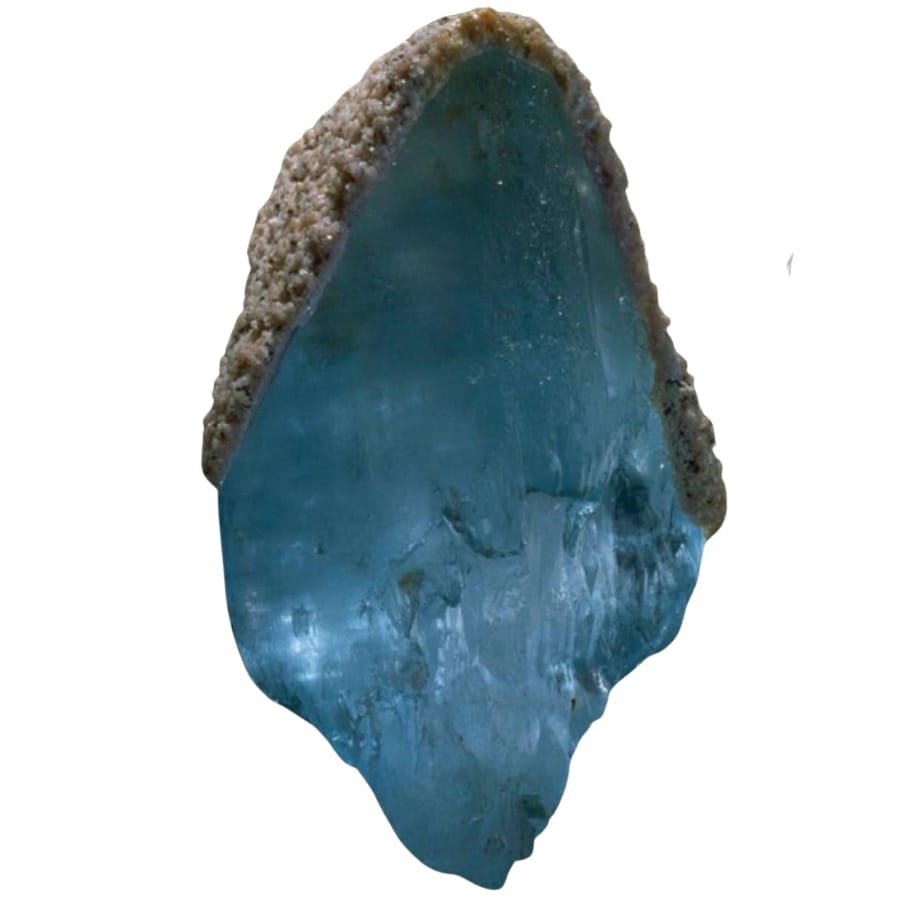
When a gemstone is exposed to ultraviolet (UV) radiation, it fluoresces, giving off visible light. This trait can tell you a lot about the difference between blue topaz and sapphire.
Under UV light, blue topaz doesn’t usually glow. It has no chemicals that mix with UV light and give off visible light. This lack of fluorescence doesn’t take away from the beauty of the stone; in fact, it can help you tell it apart from other jewels.
Artificial irradiation or heat treatment methods are what give topaz its blue color. These processes don’t usually make the topaz fluoresce.
However, some sapphires fluoresce, though this quality can vary significantly based on where the stone came from and what chemicals are in it.
Most of the time, sapphires with small amounts of iron don’t fluoresce much, but those with almost no iron can have a stronger response.
Sapphires from Sri Lanka are known for having strong fluorescence. Longwave UV light often gives off a light orange or red color, and less often, they do the same in shortwave UV light.
Hardness – Sapphire is harder
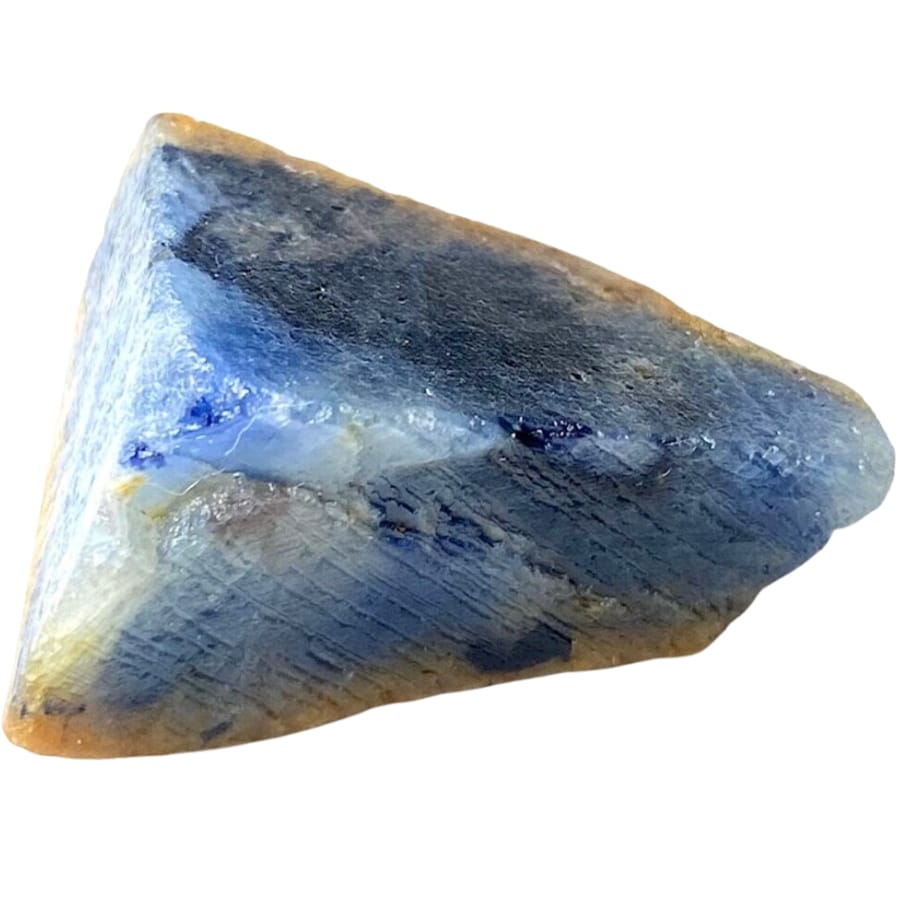
One important thing that sets blue topaz apart from sapphire is its hardness, which determines how well it resists scratches and wear. The Mohs scale, which goes from 1 (talc) to 10 (diamond), is used to measure this quality.
The Mohs scale rates blue topaz as 8 on the scale of hardness. This means that it’s pretty tough and won’t break easily. But the amount of hardness isn’t the only thing that affects durability.
Even if the stone is very hard, its perfect cleavage can make it easily chip or crack if struck. So, blue topaz can be used in jewelry, but it usually needs to be set in a way that protects it, especially in rings or bands that get knocked around a lot.
Sapphire has a hardness of 9. This makes it one of the hardest things on Earth, second only to diamond.
Because sapphires are so hard, they don’t scratch easily and are strong enough to be used daily without breaking, so they’re chosen for high-wear items like engagement rings.
Sapphire doesn’t have cleavage like blue topaz, so it’s less likely to break when hit hard.
Price – Blue Topaz is more affordable
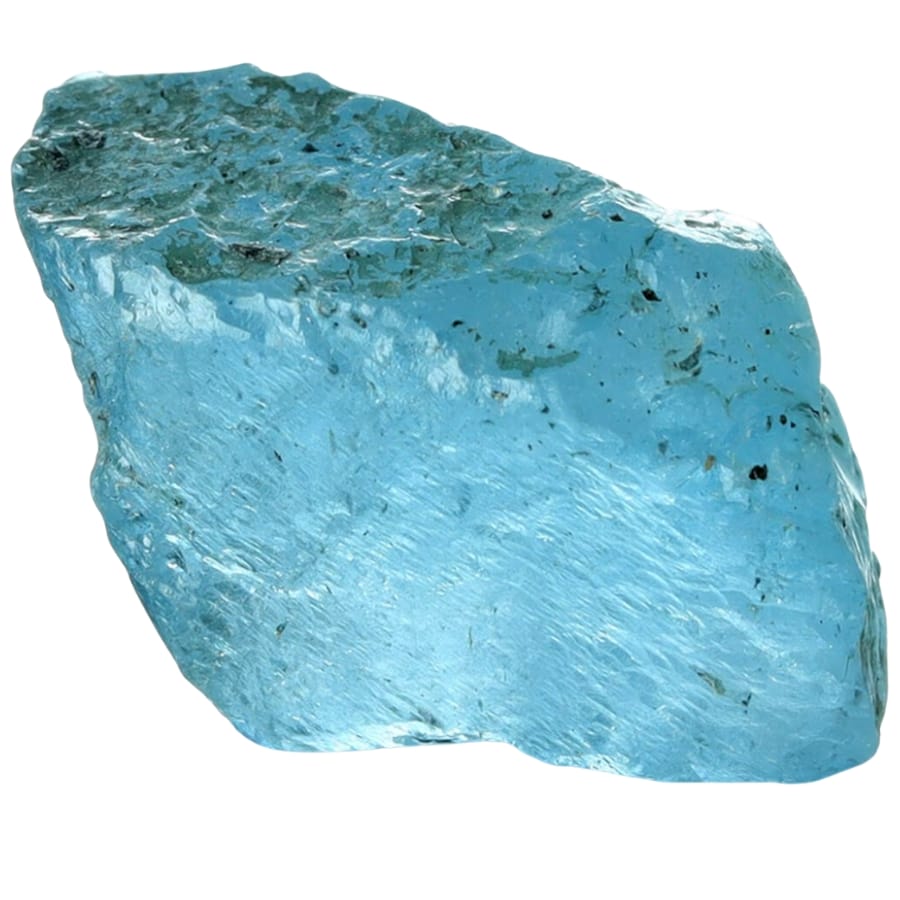
Blue topaz and sapphire have very different prices because of how rare they are, how much people want them, their color, how clear they are, and how good they are overall.
Most of the time, blue topaz is cheaper than sapphire. Topaz is a fairly common gemstone, which is one reason for its lower price.
The blue color that is famous in the market is often achieved by irradiating and heating colorless or pale-colored topaz, which makes it easier to find. The processes used to mine topaz are also not very complicated, and the supply line is pretty stable, which helps keep costs low.
The value of blue topaz sometimes differs with each specimen, with the darker shades being more expensive than the lighter ones. However, blue topaz is still affordable for a wide range of budgets.
On the other hand, Sapphire is more expensive because it’s harder to find, and the digging and refining processes take a lot of work. The color, clarity, size, and origin of a sapphire all have a big effect on its worth.
Pure, bright blue sapphires are the most sought-after and often sell for more per carat than less bright or greenish-blue sapphires. The value of sapphire is also affected by where it originated.
Stones from Kashmir, Burma, and Sri Lanka are often more expensive. Even more costly are sapphires that are very hard to find, like the star sapphire or the padparadscha sapphire.
Sapphire vs. Blue Topaz- The Similarities
Some of their factors are the same, even though they are different. It’s more interesting to look at gems when you know what these stones have in common.
Color – Both Sapphire and Blue Topaz have blue colors
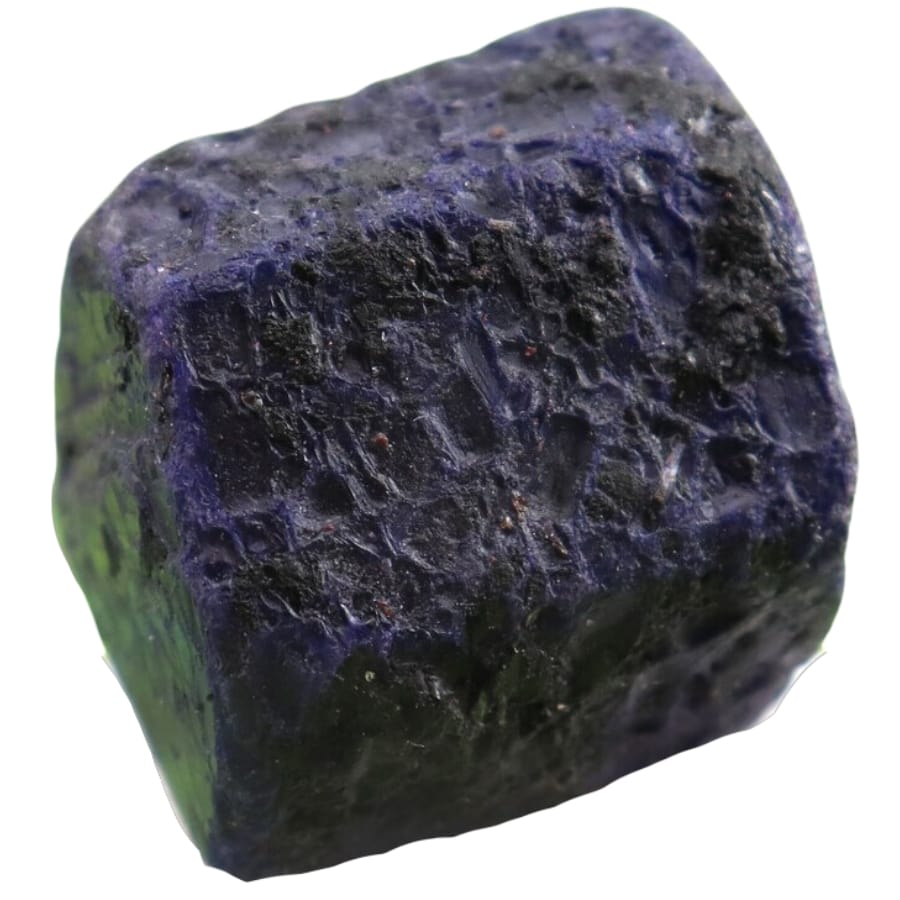
Even though blue topaz and sapphire are made of different minerals, they can both be a wide range of blue colors, which makes them both desired for jewelry and collections.
These gems can have a wide range of blue tones, from light and soft to dark and intense. This is usually because of chemical imperfections or the processes they go through.
Most of the time, people change the color of blue topaz by irradiating and heating it. This can make colors ranging from “Swiss blue,” a light sky blue, to “London blue,” a darker, deeper blue with some greenish undertones.
Because you can control the treatment process, you can always get the blue shades you want in topaz.
Sapphires, on the other hand, owe their color to natural trace elements. Iron and titanium impurities in corundum result in blue sapphires, with the specific concentration and distribution of these elements influencing the shade of blue.
Sapphires can be found in various blue tones, from a light and delicate blue to a rich, royal blue, the latter being the most prized.
Some sapphires, known as color-change sapphires, even have the unique ability to exhibit different colors under different lighting conditions, though blue remains a dominant hue.
Conductivity – Blue Topaz and Sapphire are poor electricity conductors
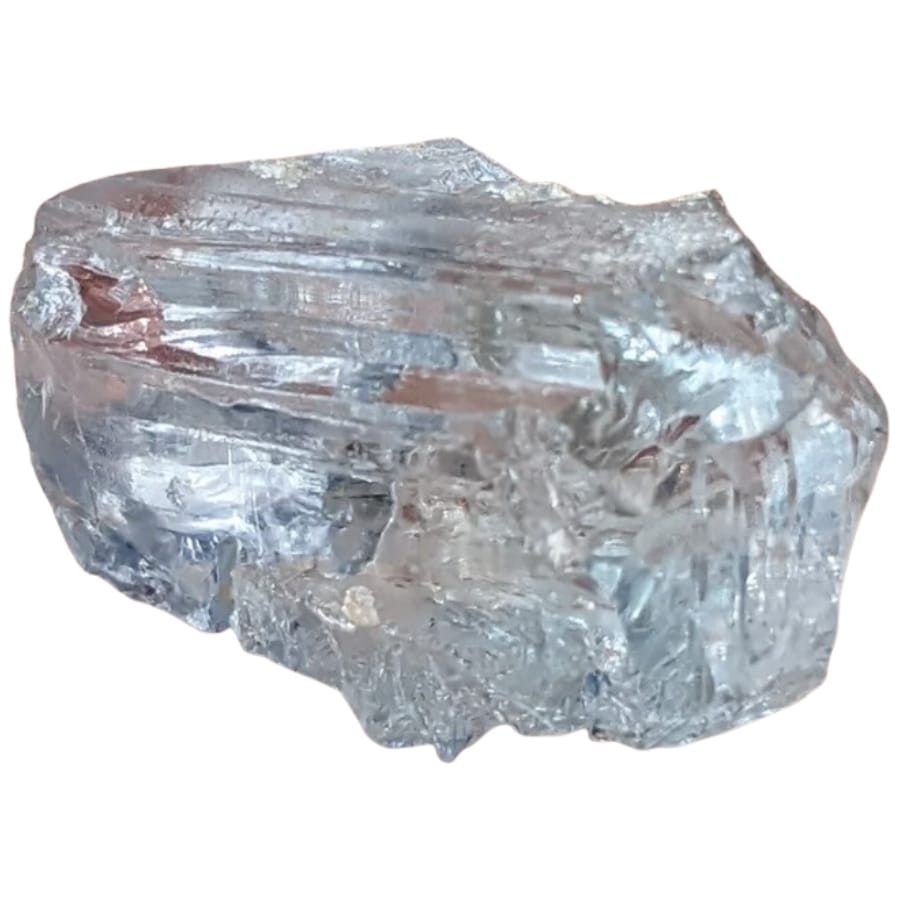
Regarding jewels, conductivity means how well they move heat or electricity. Blue topaz and sapphire are similar in this way because they are both insulators.
Both blue topaz and sapphire are insulators, so they don’t let energy flow through them well. Their crystalline structures, in which atoms are tightly bound to each other, don’t let electrons move around freely, which is needed for them to carry electricity.
A lot of minerals and jewels that aren’t metals share this trait. Because of this, neither of them can carry electricity.
This can be very helpful in some industrial settings where insulating materials are needed, like electrical insulators or electronic parts.
Both blue topaz and sapphire have low thermal conductivity, so they don’t let heat pass through them quickly. Because of this property, these gemstones feel cold to the touch and take a while to warm up when exposed to heat.
This is one way to tell the difference between natural gemstones and fakes made of glass or plastic.
Location – Sapphire and Blue Topaz can be found worldwide
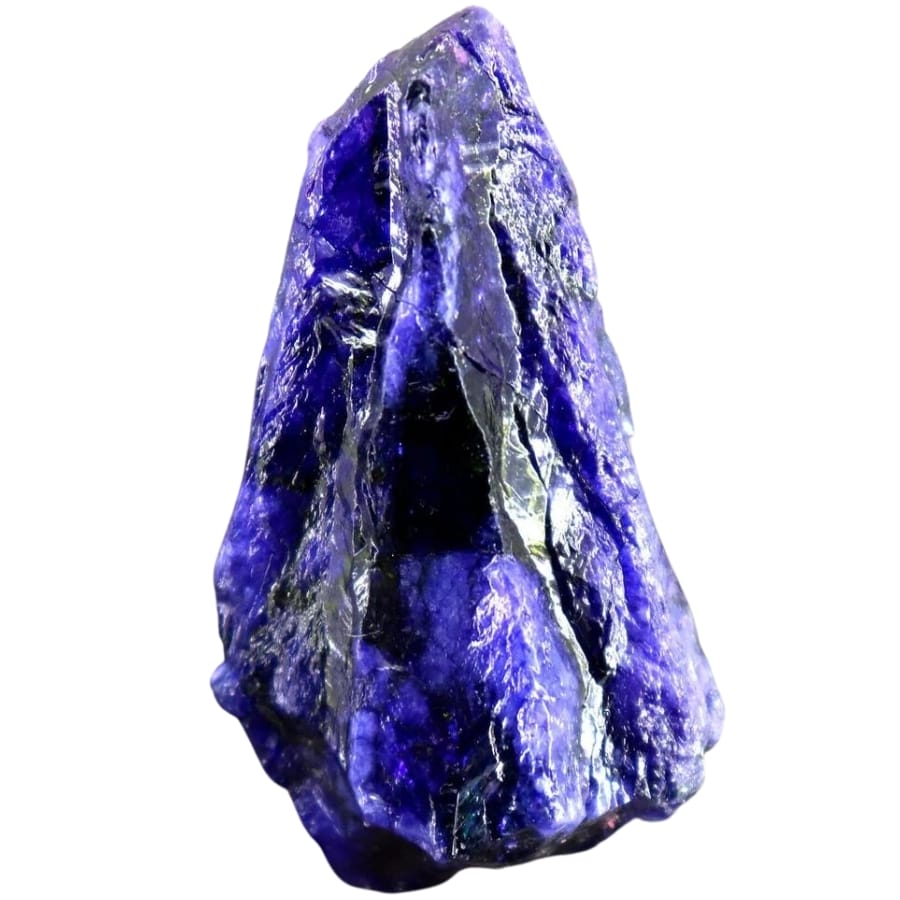
While blue topaz and sapphire are formed in very different ways, they can be found in similar places worldwide. This shows the different geological settings in some parts of the world.
Around the world, blue topaz has been found in many places, but the biggest reserves are in Brazil, Nigeria, Australia, and the United States.
The rocks in these areas are just right for topaz to form. It usually happens in pegmatites or quartz-rich veins connected to granitic and rhyolitic magma formations.
Sapphires can also be found all over the world, coming from a lot of different places. Countries such as Sri Lanka, Myanmar (formerly Burma), Thailand, Australia, and Madagascar have some of the largest and best known reserves.
There are also sapphire reserves in the United States, mainly in Montana. Sapphire forms in special places, usually with metamorphic and igneous rocks or alluvial layers that form when water wears these rocks away.
The places where you find these rocks can tell you about their history. It’s exciting to find blue topaz and sapphire; these are the best rockhounding places to look!
Luster – Blue Topaz and Sapphire both have vitreous luster
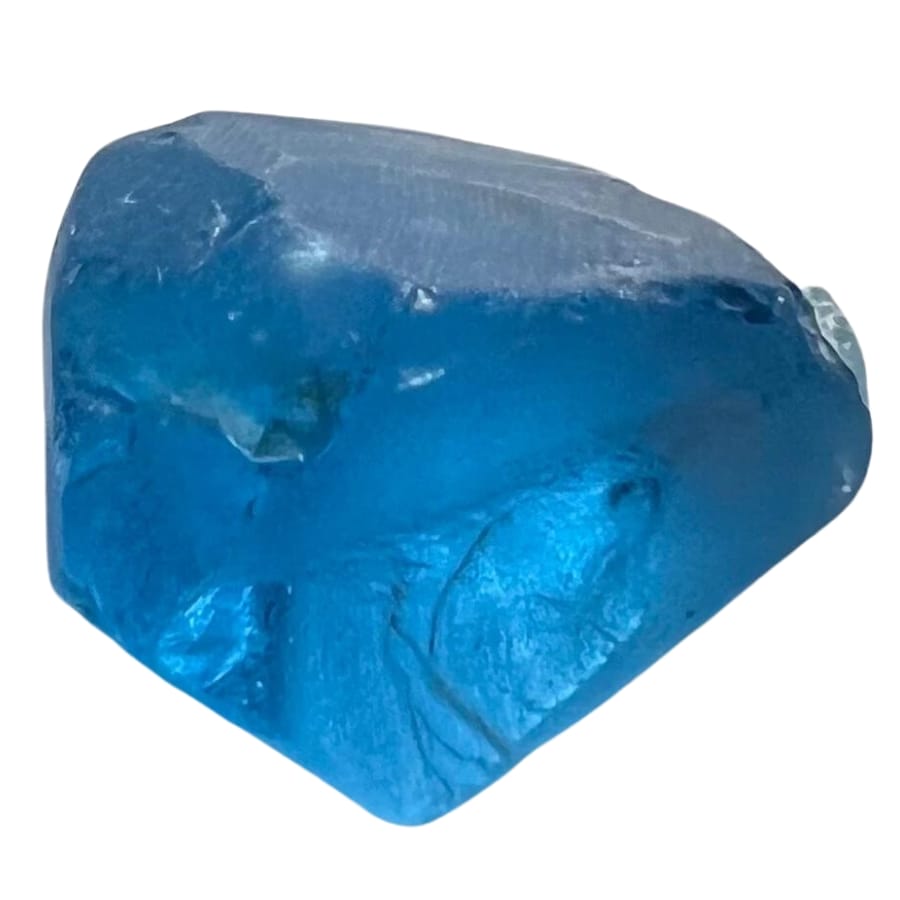
Luster is the way that light reacts with the surface of a mineral. It’s a big part of what makes a gemstone valuable and appealing. Blue topaz and sapphire both have vitreous shine, a type of luster many gem-quality minerals have.
If something has a vitreous shine, it reflects light like glass. Light hits the surface of these gems and bounces back, making them look bright and shiny.
This quality is especially noticeable in cut and polished stones, where the facets allow light to bounce from different angles, making the stones sparkle and look more appealing.
Both blue topaz and sapphire are very popular gems for jewelry because they shine so brightly. The way they catch and reflect light can make the color deeper and richer, which makes them stand out more when set in different kinds of jewelry.
It’s important to remember that the clarity of the stone and any flaws on the surface can affect its shine. Stones with fewer flaws and inclusions usually have a more noticeable and appealing luster.
Magnetism – Neither Sapphire nor Blue Topaz are magnetic
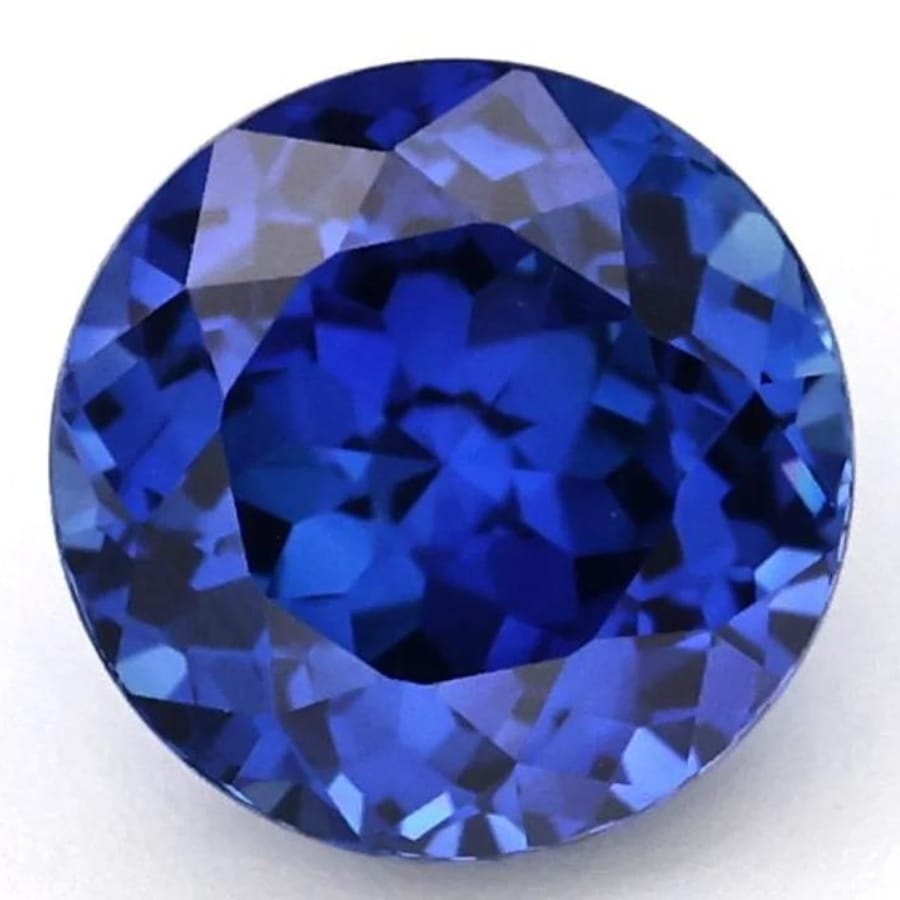
Magnetism in rocks means they can either be drawn to magnets or become magnetized.
This is one area where blue topaz and sapphire are very similar. For example, they are both diamagnetic, but this is a very weak quality that isn’t discussed as much as it’s in materials known to have stronger magnetic properties.
When a magnetic field is applied from the outside, some materials will make an opposing magnetic field. This is called dimagnetism. Because of this, a magnet can barely push them away.
As with most gemstones, though, the diamagnetic response in blue topaz and sapphire is very weak and can’t generally be felt without special scientific tools.
This is because the electrons inside these materials’ atoms are paired off, so no spare electrons could react strongly to a magnetic field.
Streak – Both Blue Topaz and Sapphire have a white streak
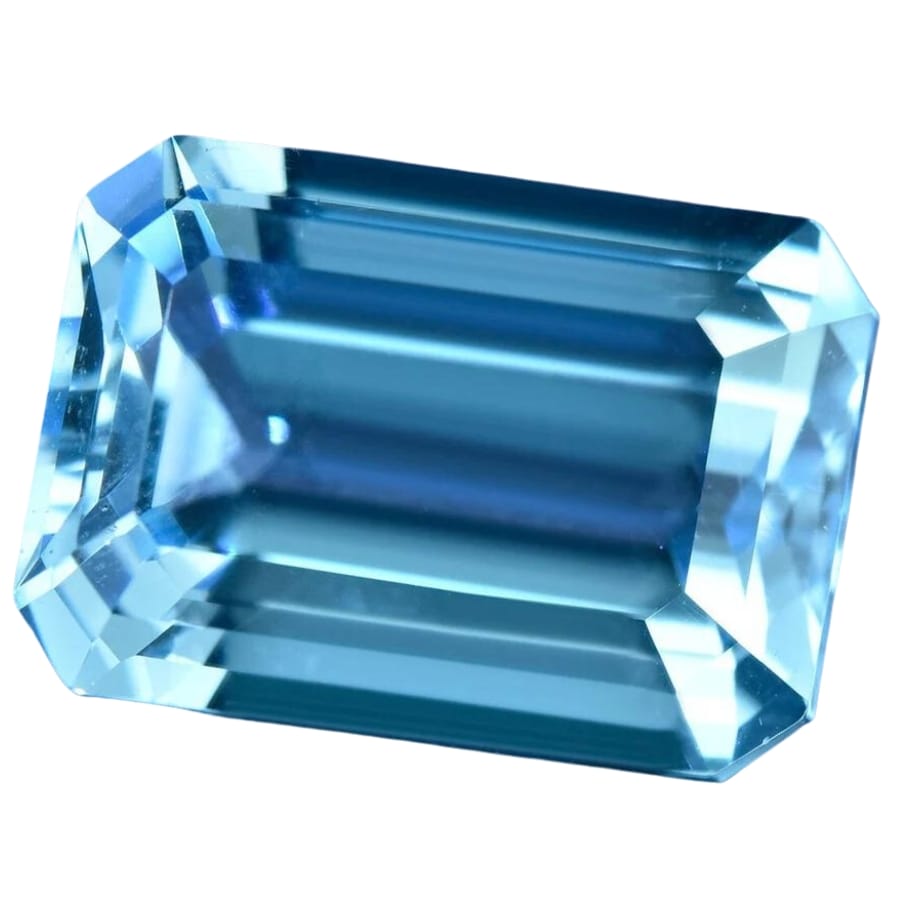
The streak of a mineral refers to the color of its powdered form when rubbed against an unglazed porcelain plate, known as a streak plate. This characteristic is a key method used in mineral identification.
For both blue topaz and sapphire, their streaks share a common attribute: they are both colorless or white, which is a typical feature of many harder gemstones.
Both blue topaz and sapphire leave a white line when put through a streak test, even though they are very blue.
This is because the color of the mineral comes from how light reacts with the gem’s structure and impurities, not from the color of the mineral itself.
During a streak test, the gem is ground up into a powder. The tiny particles scatter light differently, losing the color, leaving a white or colorless line.
This feature is very helpful for telling these gemstones apart from fakes or other blue minerals that might leave a line of a different color.
The Easiest Ways To Tell Blue Topaz and Sapphire Apart
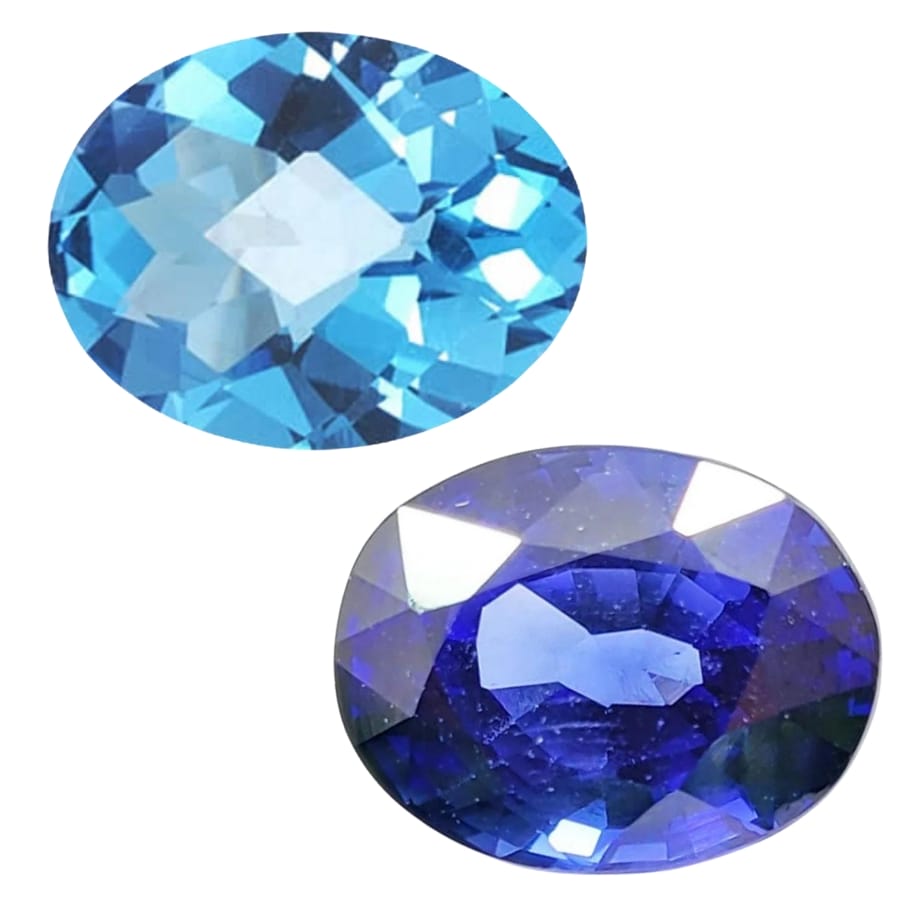
You can tell blue topaz and sapphire in a few different ways. It’s fun to try to figure out what makes them unique. You should know they are not the same in some important ways, even though they look the same.
Measure the hardness
The Mohs scale is used to measure how hard something is. On the Mohs scale, sapphire is one of the hardest rocks. It gets a 9 out of 10, which means it’s really tough and only a diamond can scratch it.
The number for blue topaz is 8, which means it’s not as hard as sapphire but still pretty hard. This might not seem like a big deal, but sapphire is much less likely to get scratched than blue topaz. If your gem gets scratched, it’s probably a blue topaz.
Check their refractive index
By looking at its refractive index, you can determine how much a gemstone bends light.
For example, sapphire bends light more sharply and generally sparkles more brightly than blue topaz because its refractive index is higher. You might just have a sapphire if your gem looks like it has a lot of sparkle.
Look at the price tag
Sapphires are typically much more valuable than blue topaz. This is because they’re harder and rarer, especially if they have an intense, pure blue color.
If you’re looking at two similar-sized stones and one is a lot more expensive, it’s probably the sapphire.


